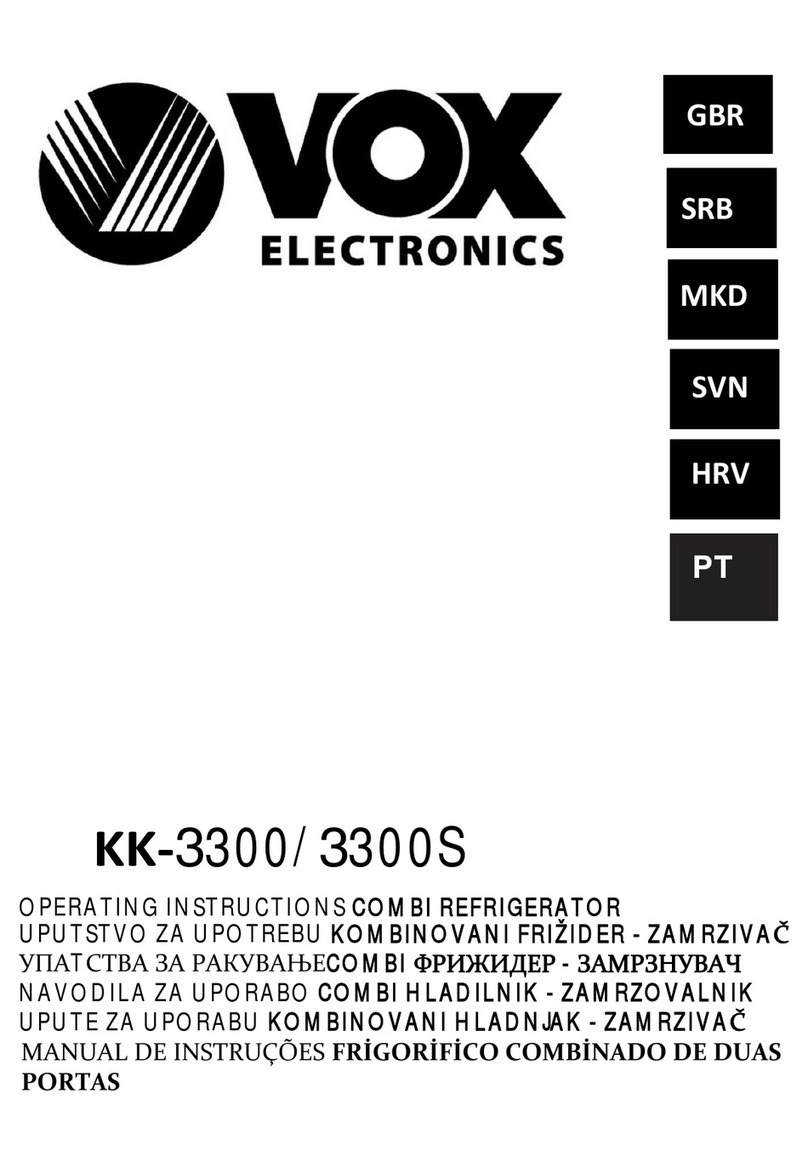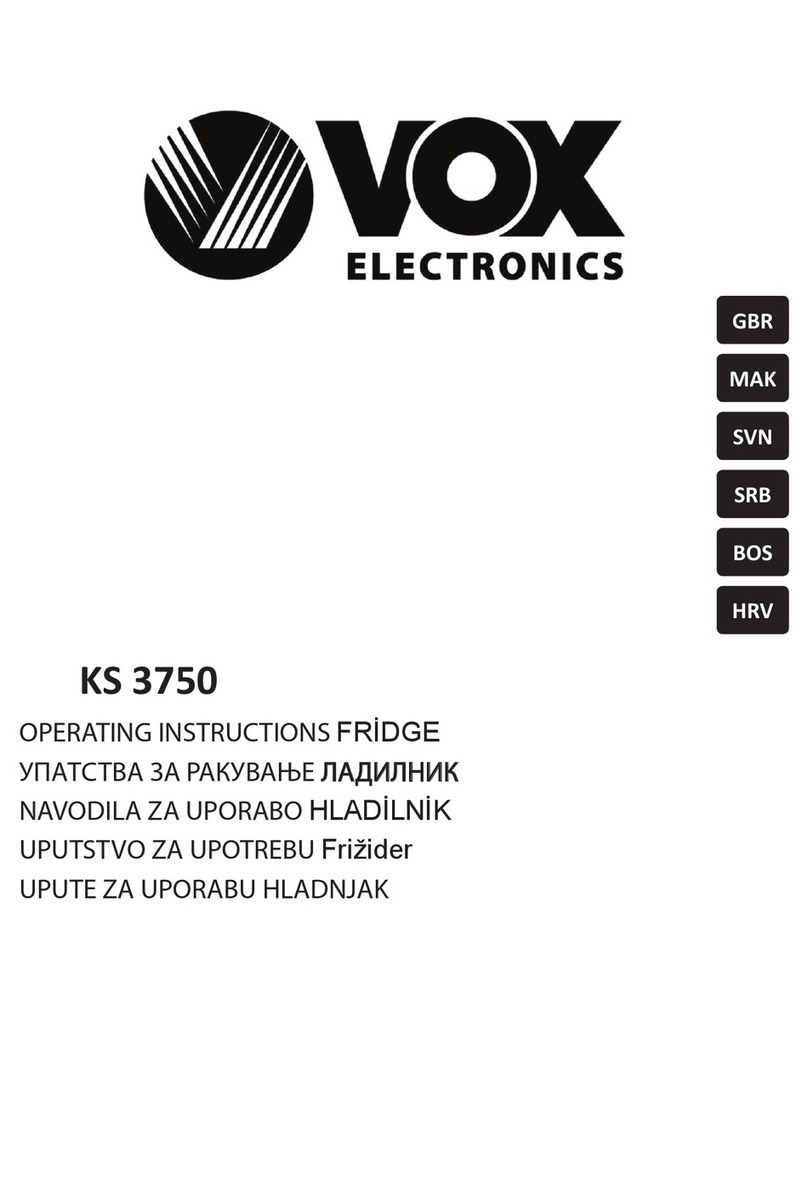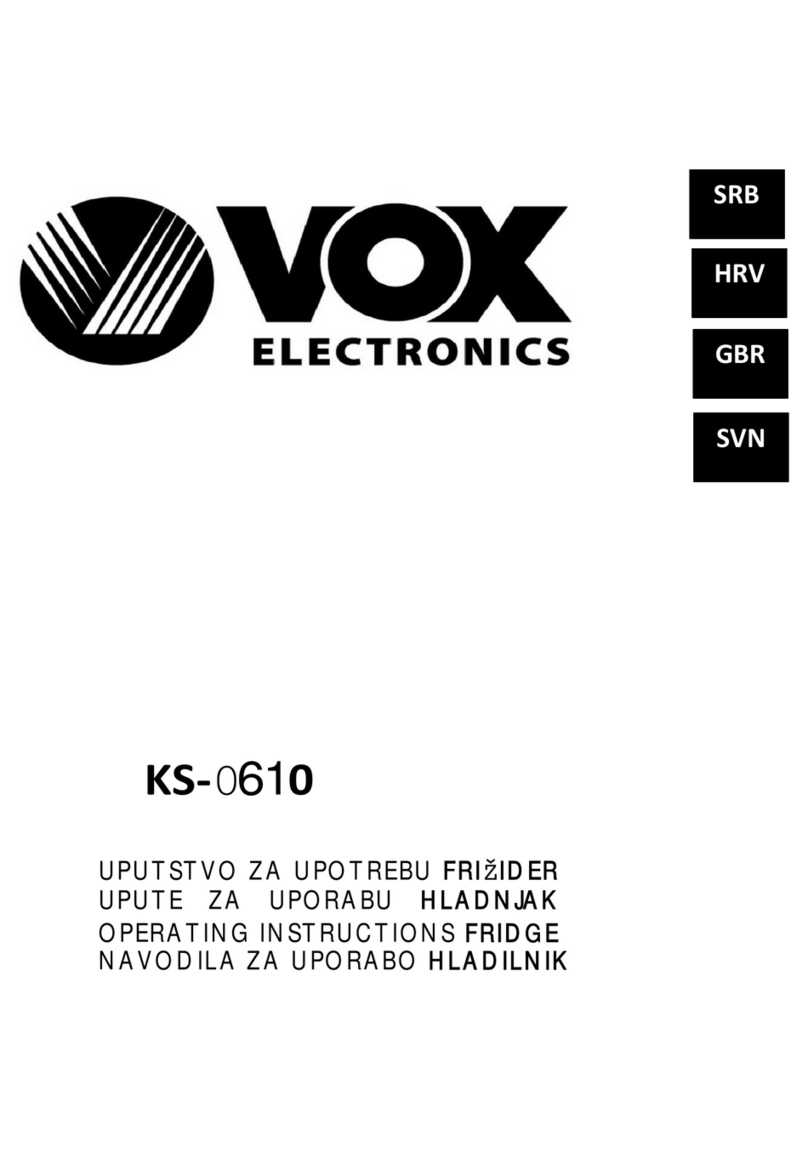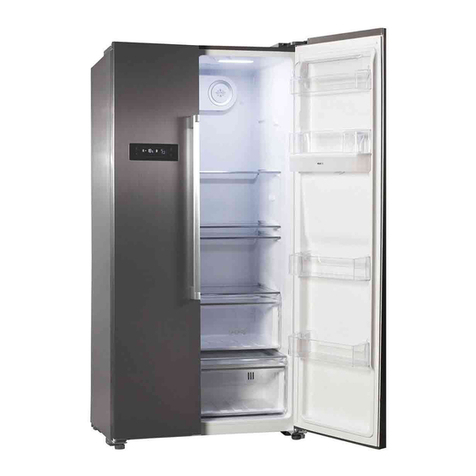VOX electronics KS-1461 User manual
Other VOX electronics Refrigerator manuals
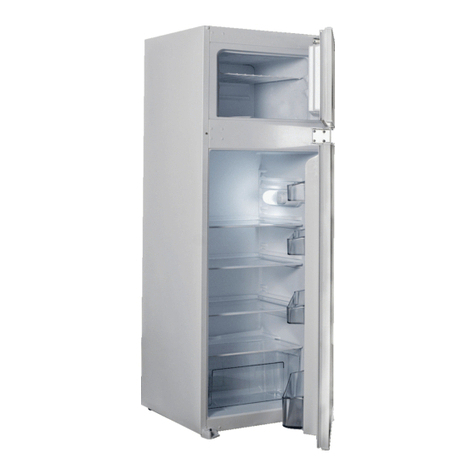
VOX electronics
VOX electronics IKG-2600F User manual
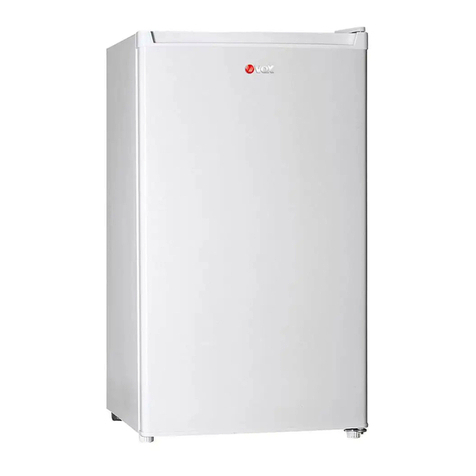
VOX electronics
VOX electronics KS-1110F User manual
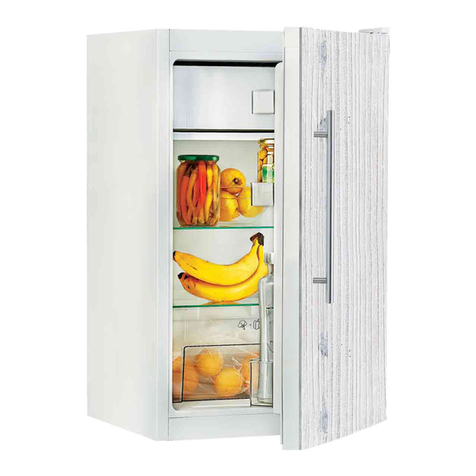
VOX electronics
VOX electronics IKS1450F User manual
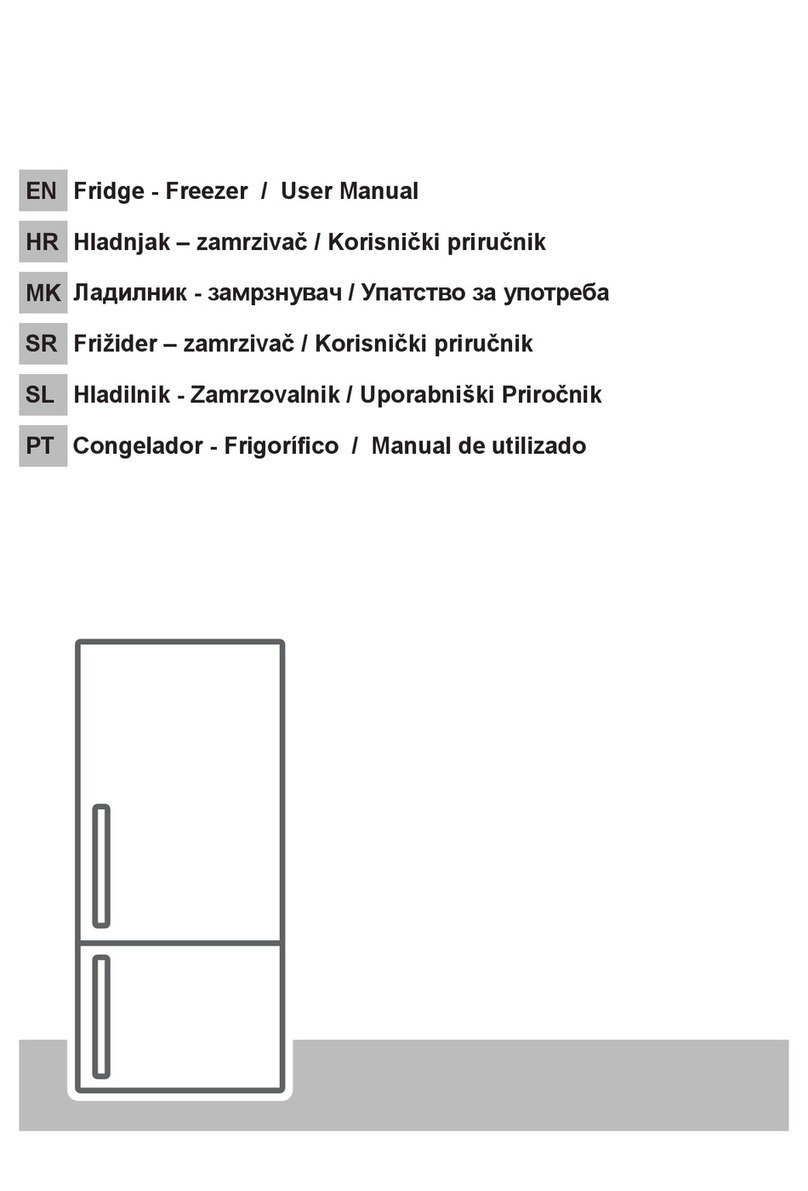
VOX electronics
VOX electronics IVF2790F User manual
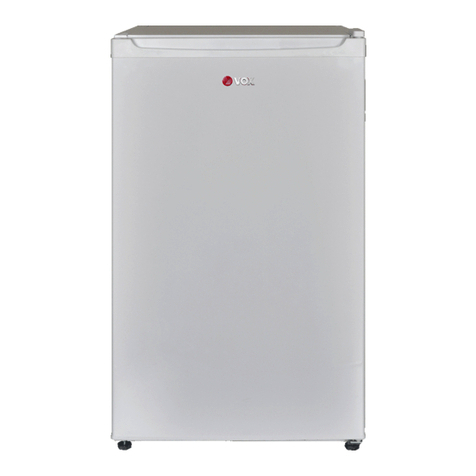
VOX electronics
VOX electronics KS1200F User manual
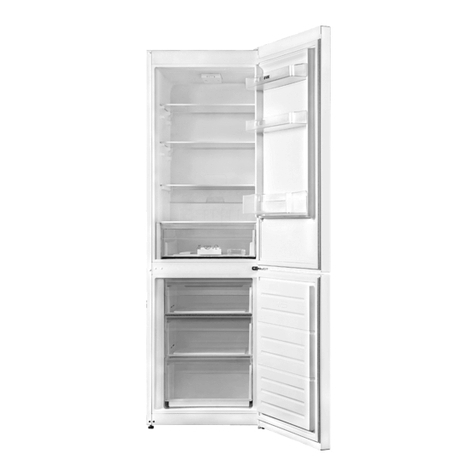
VOX electronics
VOX electronics KK3600F User manual
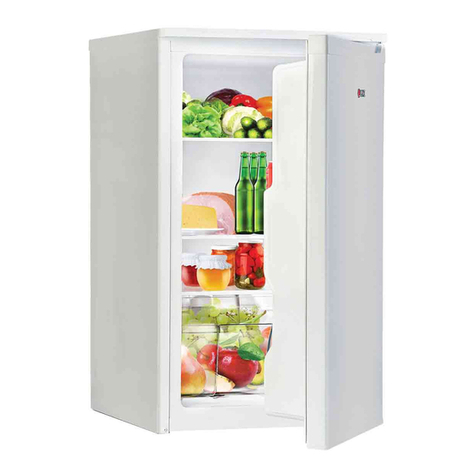
VOX electronics
VOX electronics LARDER KS-1210 User manual

VOX electronics
VOX electronics KS-1200 User manual
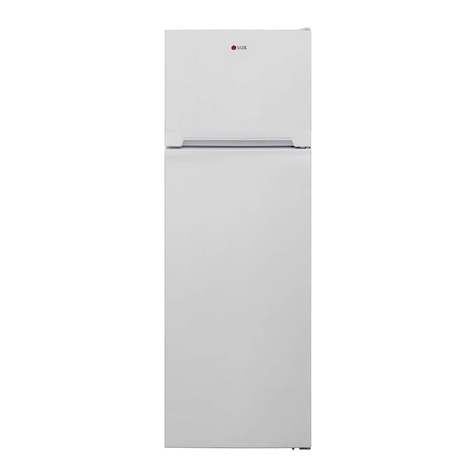
VOX electronics
VOX electronics KG3330 User manual
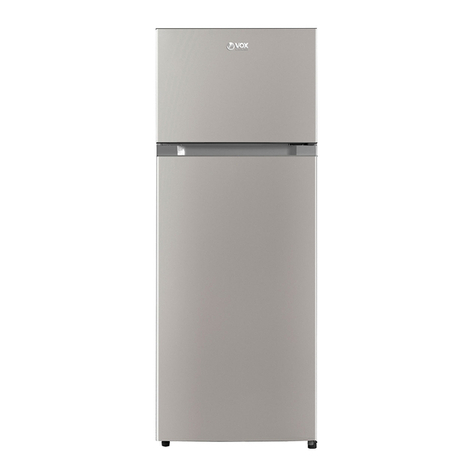
VOX electronics
VOX electronics KG-2730 User manual
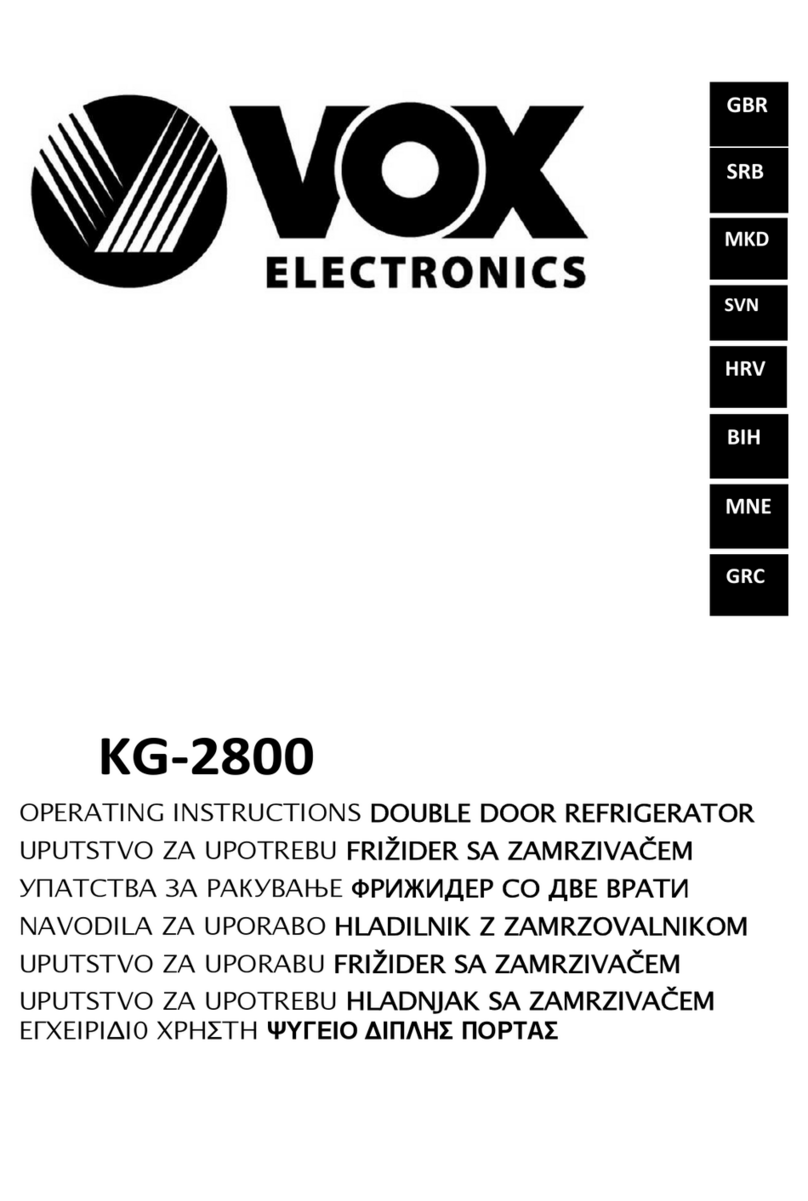
VOX electronics
VOX electronics KG-2800 User manual

VOX electronics
VOX electronics NF-3835IX User manual
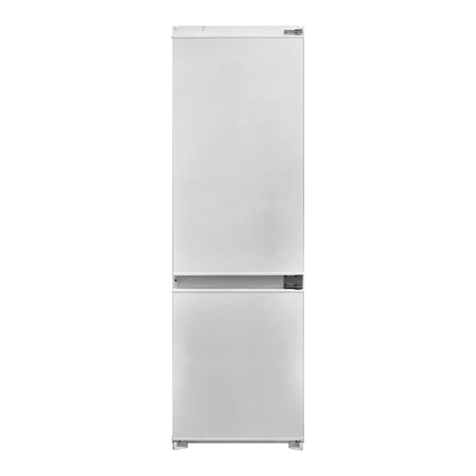
VOX electronics
VOX electronics IKK3410F User manual
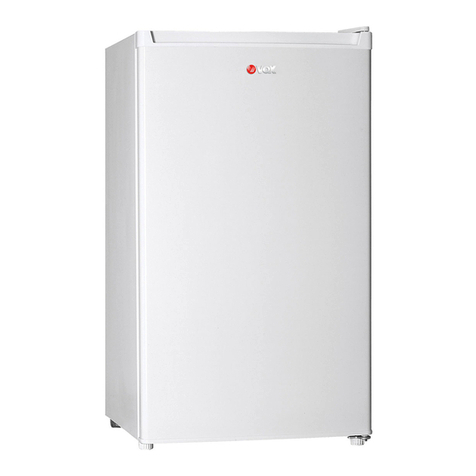
VOX electronics
VOX electronics KS-1110 User manual
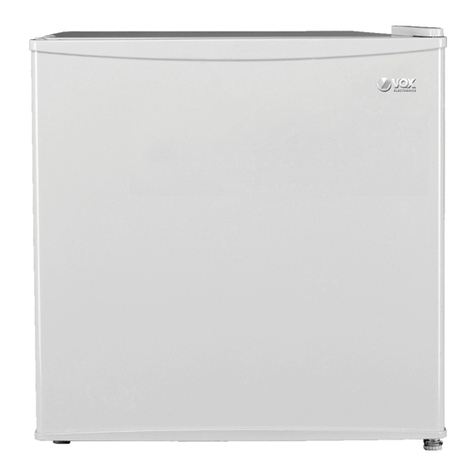
VOX electronics
VOX electronics KS-0615 User manual
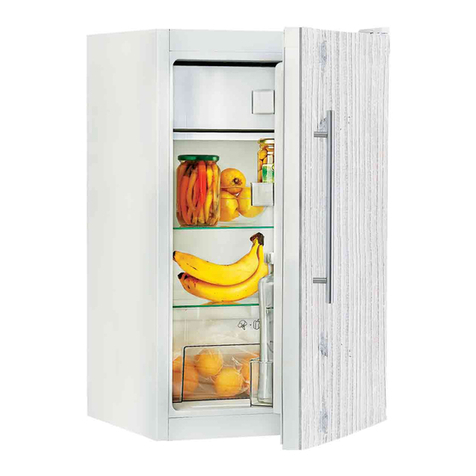
VOX electronics
VOX electronics IKS-1450 User manual
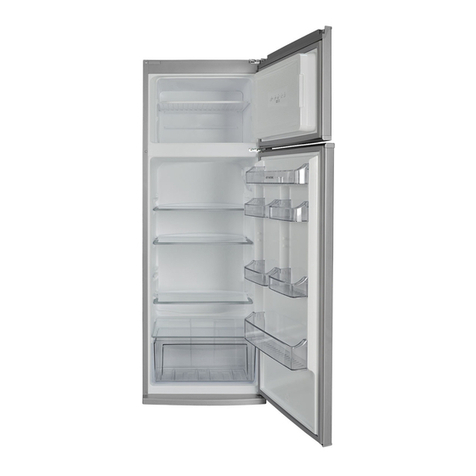
VOX electronics
VOX electronics KG-3300S User manual
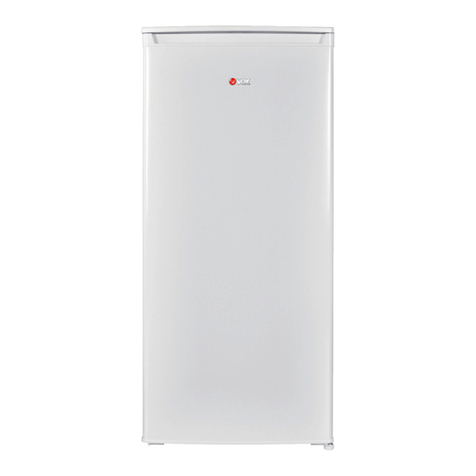
VOX electronics
VOX electronics KS-2110 User manual
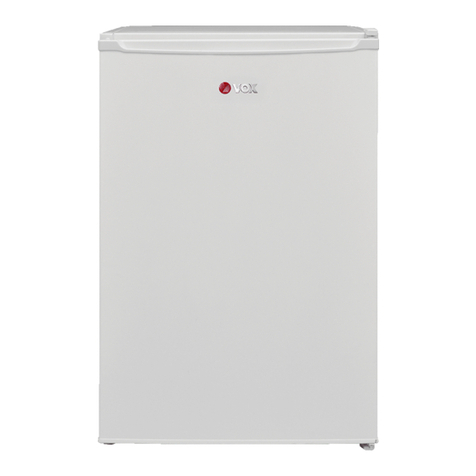
VOX electronics
VOX electronics KS1530F User manual

VOX electronics
VOX electronics KK-3600 User manual
